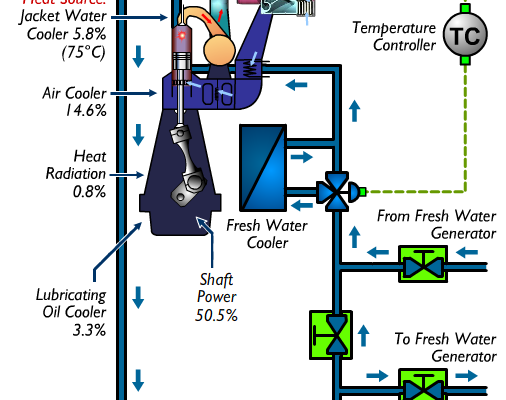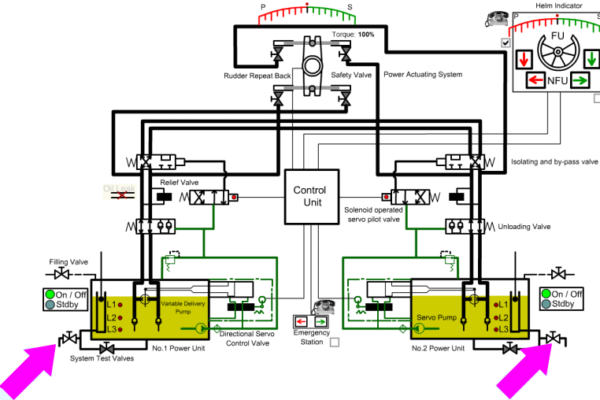Preparations for Starting Main Engine
Before starting the engine, the following checks and procedures are to be undertaken. All components that have been overhauled to be checked and wherever possible function tested. All equipment, tools and rags used during overhaul to be removed from the engine. Air Systems a) Drain









